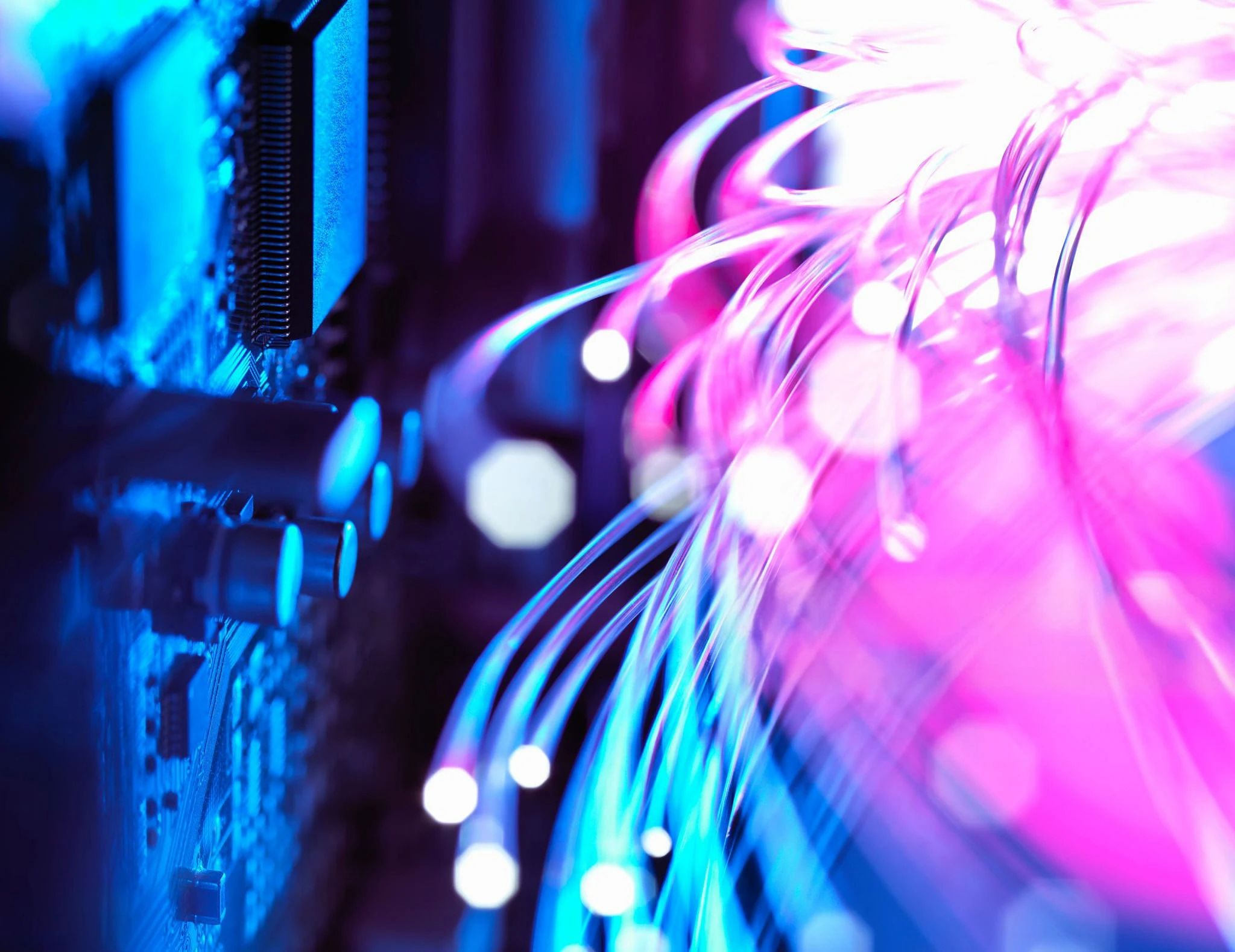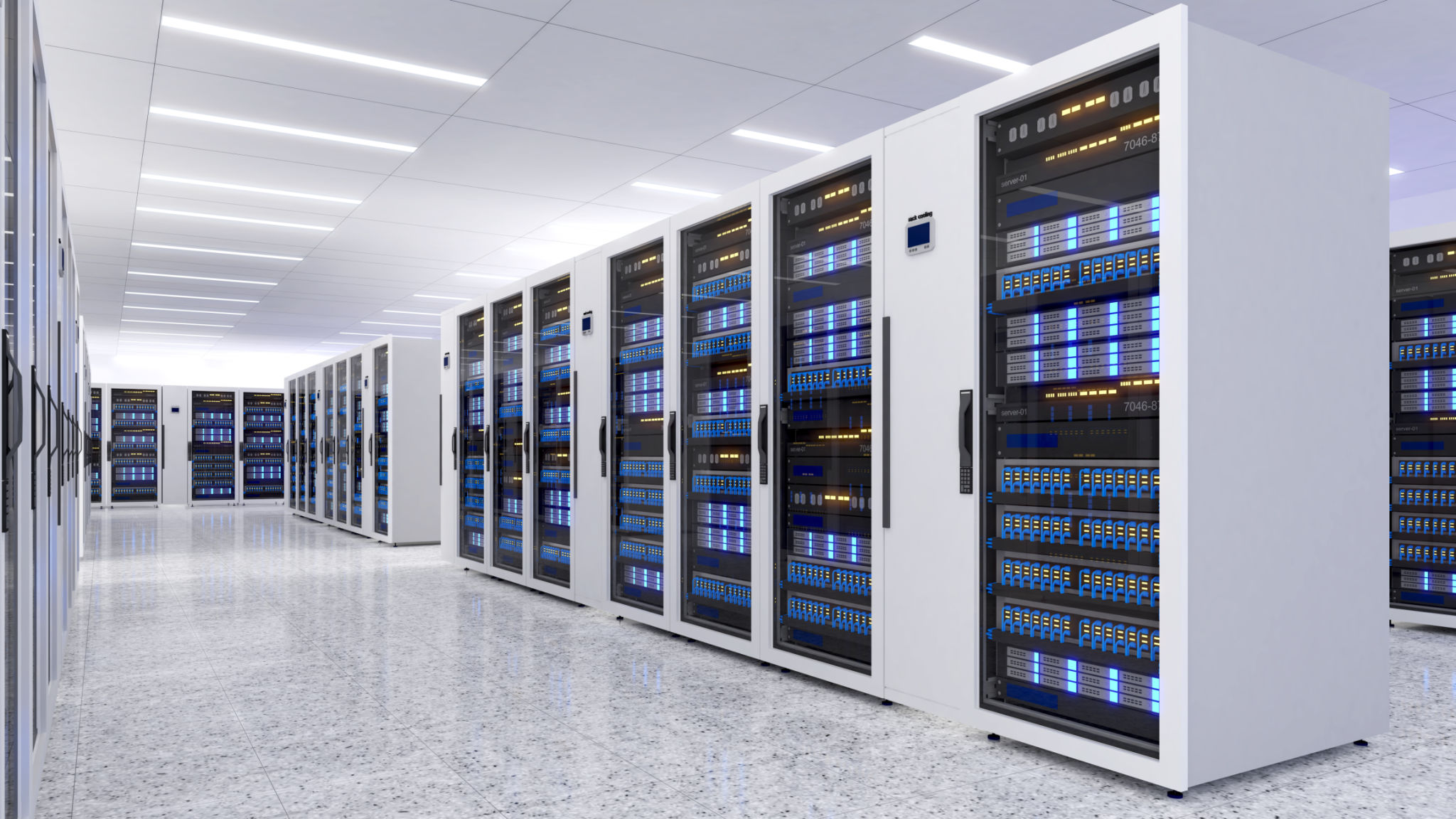Understanding Fiber Optic Cabling: A Comprehensive Guide
Introduction to Fiber Optic Cabling
Fiber optic cabling is a crucial technology in modern telecommunications, offering significant advantages over traditional copper wires. It is renowned for its ability to transmit data over long distances at incredibly high speeds, making it the backbone of the internet and essential for businesses and individuals alike.
At its core, fiber optic cabling uses light to transmit information, which allows for much faster data transfer compared to electrical signals used in copper cabling. This technology has revolutionized the way we communicate, enabling everything from video conferencing to streaming services.

How Fiber Optic Cables Work
The key to understanding fiber optic cabling lies in its structure. Each cable consists of thin strands of glass or plastic, known as optical fibers. These fibers are no thicker than a human hair yet remarkably strong and flexible.
Light signals are sent through the core of these fibers, bouncing off the walls due to a phenomenon called total internal reflection. This process allows the light to travel long distances with minimal signal loss, ensuring efficient data transmission.

Types of Fiber Optic Cables
There are two main types of fiber optic cables: single-mode and multi-mode. Single-mode fibers are designed for long-distance communication, often used in telecommunication networks and cable television. They have a small core and can transmit data over hundreds of kilometers without losing quality.
Multi-mode fibers, on the other hand, have a larger core and are used for shorter distances. They are ideal for local area networks (LANs) and other applications within buildings. Understanding the differences between these two types is crucial for selecting the right cable for your needs.
Advantages of Fiber Optic Cabling
Fiber optic cabling offers numerous advantages over copper cables, making it the preferred choice for many applications. Some of the primary benefits include:
- High Bandwidth: Fiber optics provide significantly higher bandwidth than copper cables, supporting faster data transmission speeds.
- Long-Distance Transmission: With minimal signal loss, fiber optic cables can transmit data over much longer distances.
- Interference Resistance: Unlike copper cables, fiber optics are immune to electromagnetic interference, ensuring stable connections.

Challenges and Considerations
While fiber optic cabling offers many benefits, there are some challenges to consider. The installation process can be more complex and costly compared to traditional cabling. Specialized skills and tools are required to handle the delicate fibers properly.
Furthermore, repairing fiber optic cables can be more difficult due to their fragility. Despite these challenges, the advantages often outweigh the downsides, particularly for businesses that require robust and reliable network connections.
The Future of Fiber Optic Technology
The demand for faster internet speeds and more reliable connections continues to grow. As a result, fiber optic technology is constantly evolving. Innovations such as bend-insensitive fibers and advancements in wavelength division multiplexing are enhancing performance and expanding capabilities.
These developments are paving the way for even more widespread adoption of fiber optics in various industries, from healthcare to entertainment. As technology advances, we can expect fiber optics to remain at the forefront of communication infrastructure.

In conclusion, understanding fiber optic cabling is essential in today's interconnected world. Its unparalleled speed and efficiency make it an indispensable tool in modern communication, ensuring that information flows seamlessly across the globe.